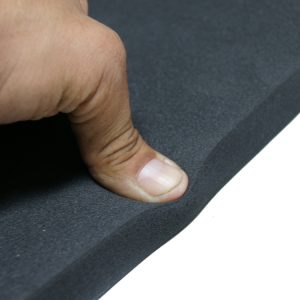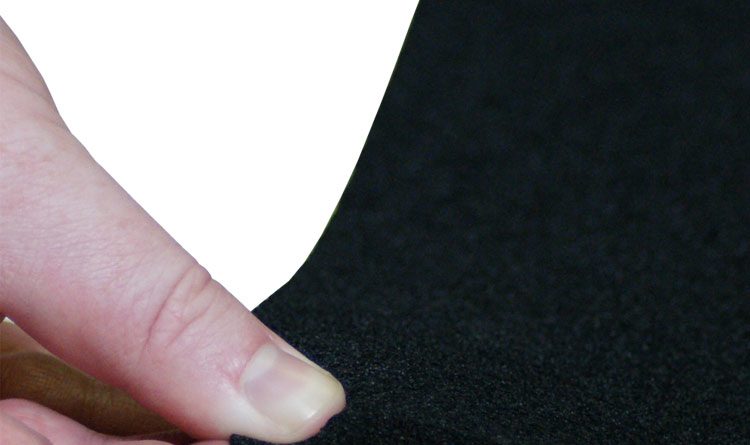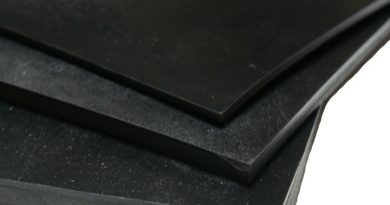Closed Cell Neoprene Foam: An Introduction
Closed cell neoprene foam is commonly used in abrasive industrial settings. Although they are porous in nature, closed cell neoprene can provide ample protection in a multitude of light to medium-duty applications in both indoor and outdoor settings. Closed cell neoprene foam is able to resist the damaging effects of oil, chemicals, heat, and moisture allowing it to be used in settings most materials cannot withstand.
Due to its tight-knit porous nature, closed cell foam is a softer and more compressive material that its solid form; however, it still retains a high working temperature of up to 200 degrees Fahrenheit. Since closed cell neoprene foam sheets are also oil, chemical, and grease-resistant, they can be used for industrial applications involving these harsh solvents.

Closed cell neoprene foam is a cellular variation of neoprene rubber that is often used for marine/moisture-heavy, sound reduction, and highly compressive application due to its tight-knit porous and water-resistant structure. It can be used in outdoor marine settings as padding or cushioning for boat floors due to its ability to withstand outdoor conditions and resist both fresh and salt water without deteriorating. Additionally, due to its porous structure, it is able to better disperse the energy of sound within its airy structure to dampen the amount of noise created. Finally, closed cell neoprene foam is a softer and less dense material, when compared to solid neoprene sheets, which gives it a lower compression set allowing it to be used for applications that require a tight seal.




